I know Spy School. That is the go-to mglit book series written by author Stuart Gibbs that makes kids want to read. I knew of the Once Upon A Tim book series that’s also written by him. In the liner notes for all of those books, it lists all the author’s other books, which I had also read, except for that series. The Quest of Danger is book number four in the Once Upon A Tim series and I understand the hype now.
What fun to read, ages 7 and up will not be able to put it downConcrete, an illustrated book that’s smarter than you-and that’s OK
There is a point in time when that illustrated book that you read to elementary-aged students has content that you didn’t know. It won’t happen with every illustrated book, but the non-fiction ones especially might bring up facts that you adults didn’t know or realize. In Concrete: From the Ground Up, that point came for me when the book said “Cement is not the same as concrete.” That was on the third page and when I looked back at the first two pages there were also facts that I didn’t know. Concrete is not trying to be a primer on construction for children, it’s that it’s an intelligent book, that’s punctuated with lots of humor and illustrations.
Great books can take the seemingly simple and make it interestingThe Bigfoot Queen, well-paced human relationships with a Bigfoot edge
There’s a reason why some books set out to be a trilogy and reasons why readers are reticent to jump into one of the latter entries of them. The Bigfoot Queen by Jennifer Weiner is the third book in a series that subverts one of those expectations and sneaks up on the other. The result of The Bigfoot Queen is mglit that makes you want to read every word so that you can revel in the changes that each of them are discovering.
A reat place to start or a great place to finishFear Street, True Evil is cutting-edge horror for ages 14 and up
Let your freak flag fly, that’s what I say. I said something like that to a student today, except it was the more school-appropriate version of “you do you, don’t worry about others.” We read our first R.L. Stine book last year and were exceedingly surprised by Stinetinglers. It’s obvious from that book that Stine has a knack, a hook at digging into the mglit psyche and dredging their fears and unsaid scares. Fear Street takes his angle, ups the demographic, increases the horror, and proves that he knows his role-and its capable of expanding. Specifically, True Evil: The First Evil, The Second Evil, The Third Evil is a book that’s in the Fear Street series of books that Stine creates.
Much more than GoosbumpsThe Equalizer 3 is the rare third entry that doesn’t lose steam
I was three minutes into The Equalizer 3 and invited my wife to sit beside me. “This looks too John Wicky”, my wife said. I assured her that it was not in that same vein, but that it would have things in common with it. I also reminded her that she saw the first two Equalizers and that really enjoyed them. Not content to take the recommendation of her loving husband, she continued quietly doing ancillary things around the living room. “Wow, that’s gorgeous scenery”, “That’s Denzel Washington isn’t it?” and other quotes continued to echo around the sofa until her resistance to the film proved futile and she joined me for the remaining 90 minutes of The Equalizer 3.

Gran Turismo is a motivational film that’s better than you think
“Why would he (our 12-year old son) want to see Gran Turismo?”, mused my wife. I snickered just a little bit too because I too had momentarily interchanged Gran Torino with Gran Turismo. To make matters even more challenging for the marketing of the film, Gran Turismo is a movie based on the real-life story of , who was good at playing Gran Tourismo, the video game, and then became a real-life race car driver. I’ve seen this movie before, Rock Star, with Mark Wahlberg and Jennifer Anniston, you older movie fans might be thinking to yourself. But, before you dismiss Gran Tourismo as something that you’ve seen before, here this, it’s actually quite refreshing and has more in common with Rocky, than the cheesy gamer film you’ve imagined.
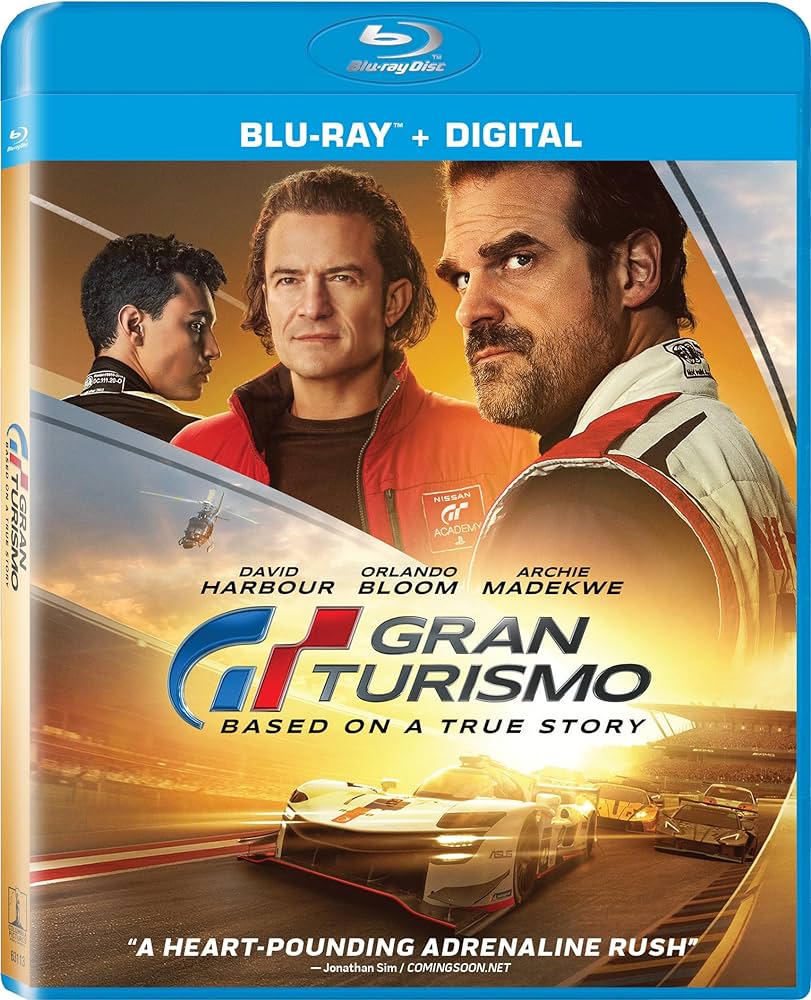
The Changing Man, teen-age horror that hits the nail on the head
If I was in middle or high school then The Changing Man is the sort of book that I would’ve loved. It operates on a more mature level than Goosebumps. It oozes teen paranoia and angst on the pore of every greasy page. The characters are typical teens who don’t trust anyone over 20, but know that they have to acknowledge them and sometimes seek guidance when long-dormant problems rear their heads. More than anything, my teenage soul (and the erstwhile reader) would crave the horror, the monsters and the creatures that I know exist in the book, if only they can reveal themselves at the right time.
Teens 14-18, this is your jamTee Time on the Moon, an illustrated book with eyes on a bigger prize
At times, science should be silly, especially if your audience is young and needs to look at things from a different angle. This is the angle that asks questions you’ve never thought about. It’s the sly questioning of whether or not there’s a rhinoceros in the room or a STEM-based story about the time an astronaut played golf on the moon. Tee Time on the Moon is an illustrated book aimed at early to mid-elementary school audiences, but whose curious nature will lend itself to those slightly younger, in addition to older than that. This is due to the left-field thinking that kids would have as to playing golf on the moon. However, the book’s layout also lends itself to welcoming young readers who might be intimidated by the story or the text that they see as out of this world.
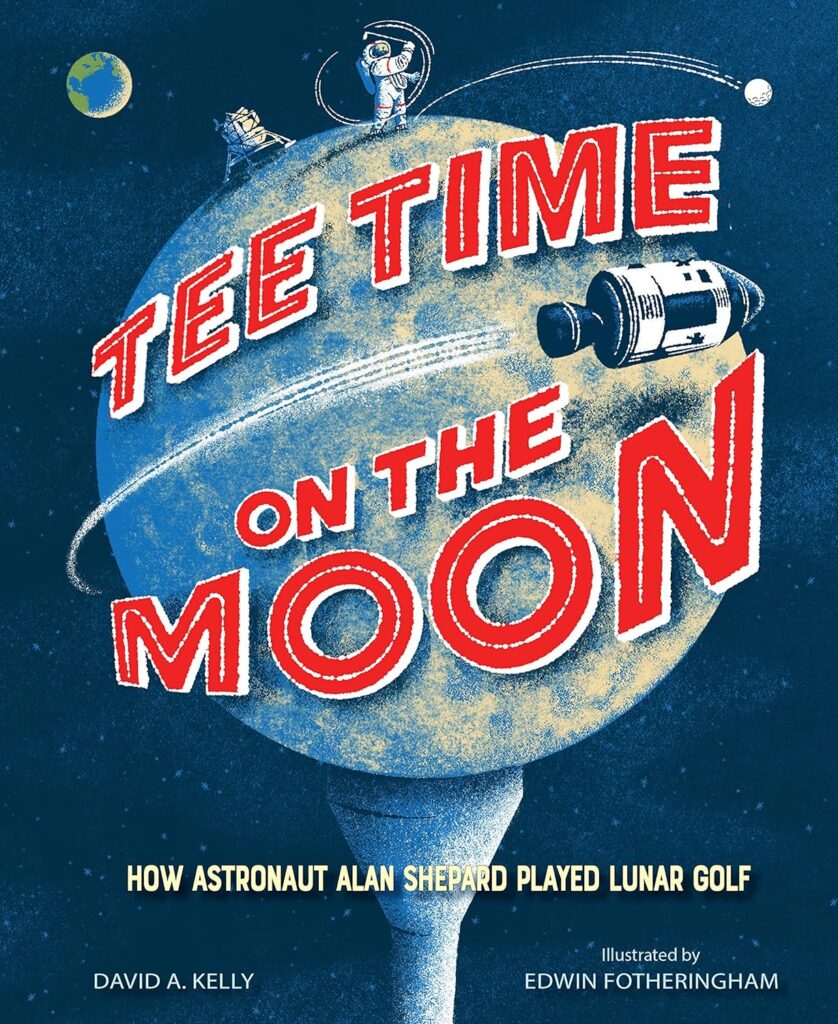
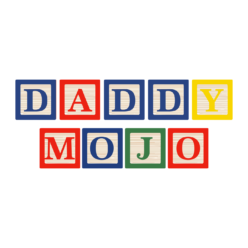
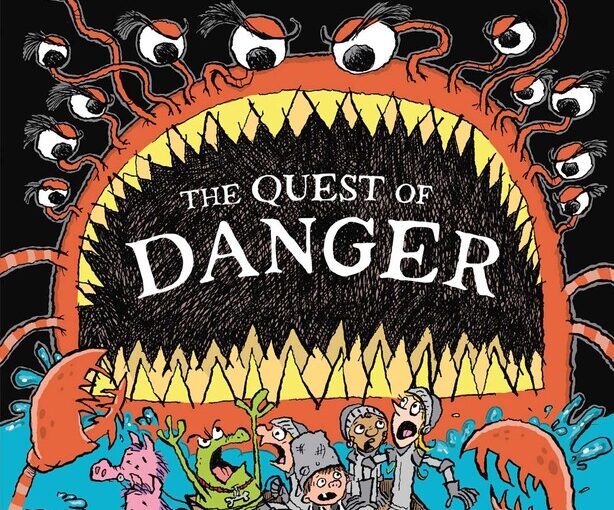
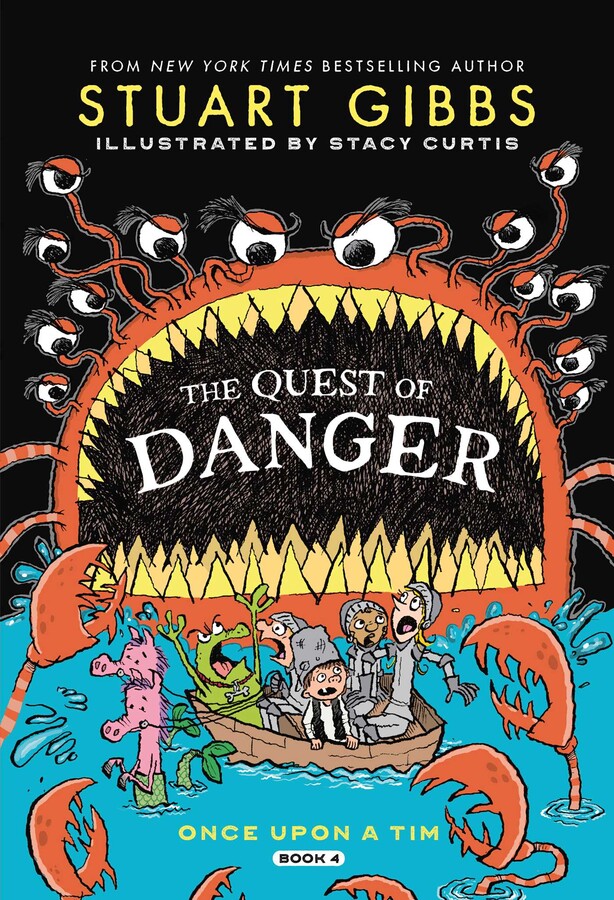

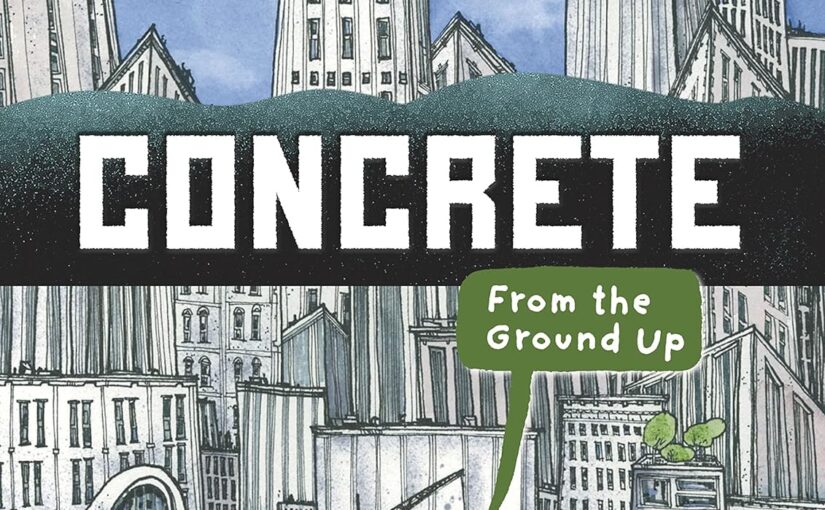
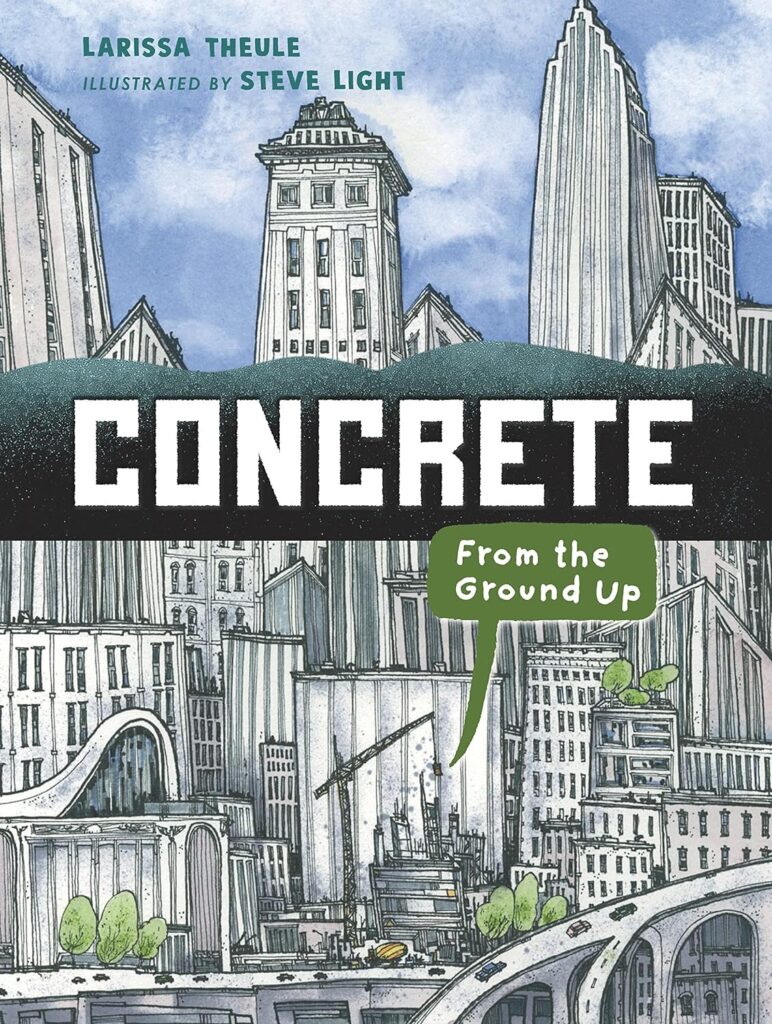
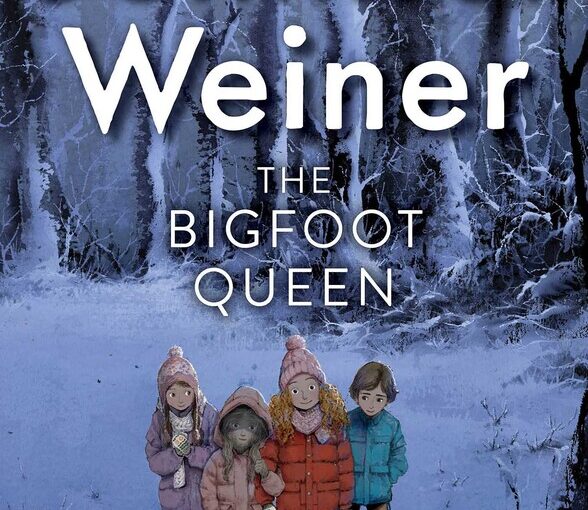
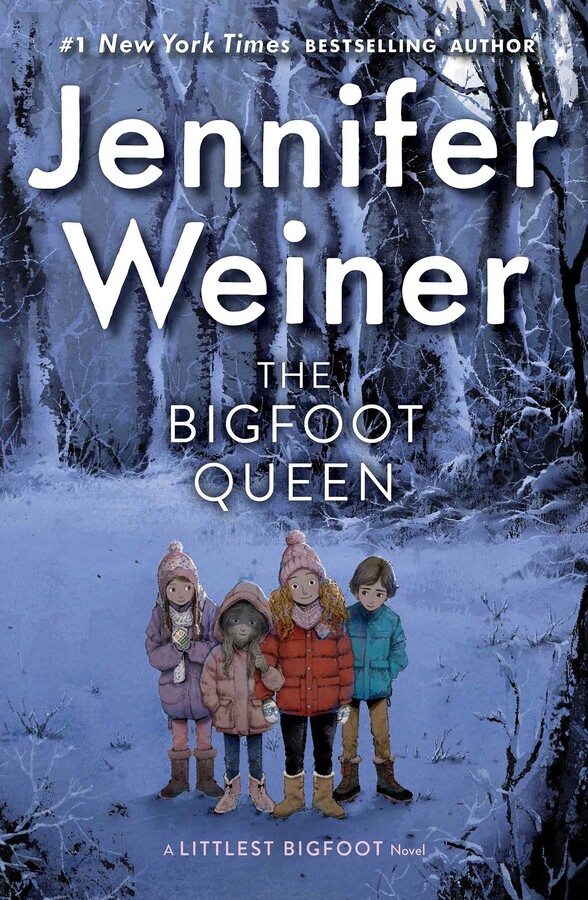
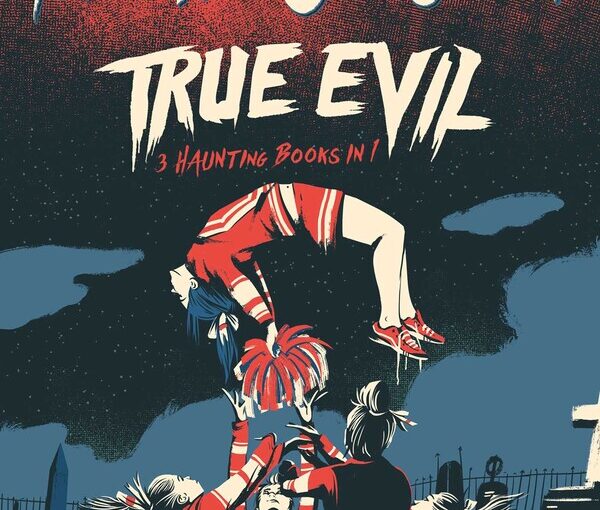
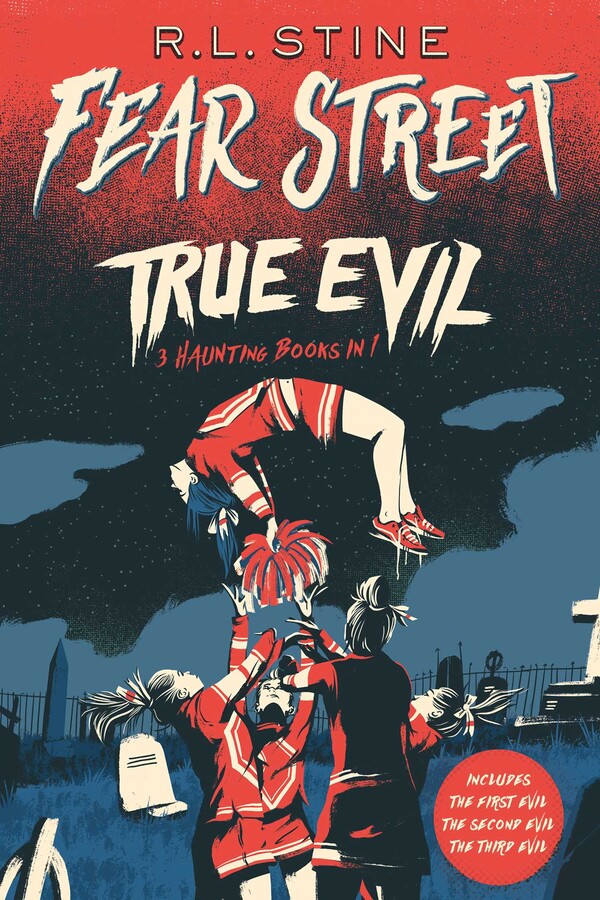

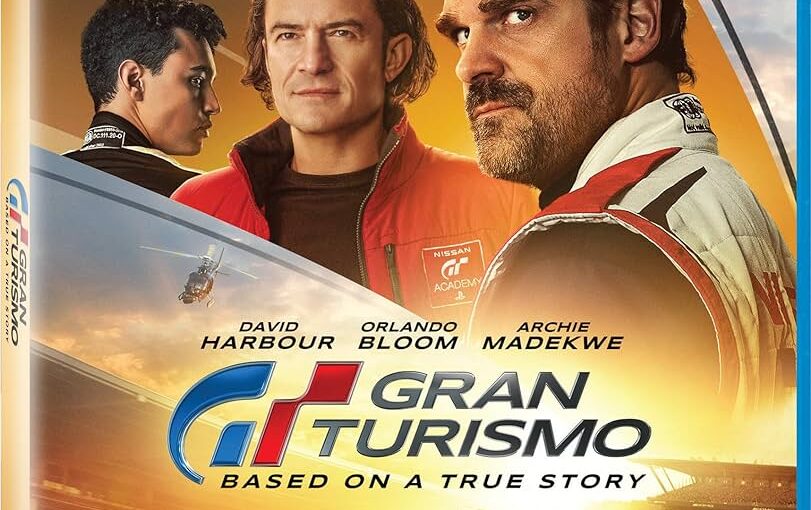


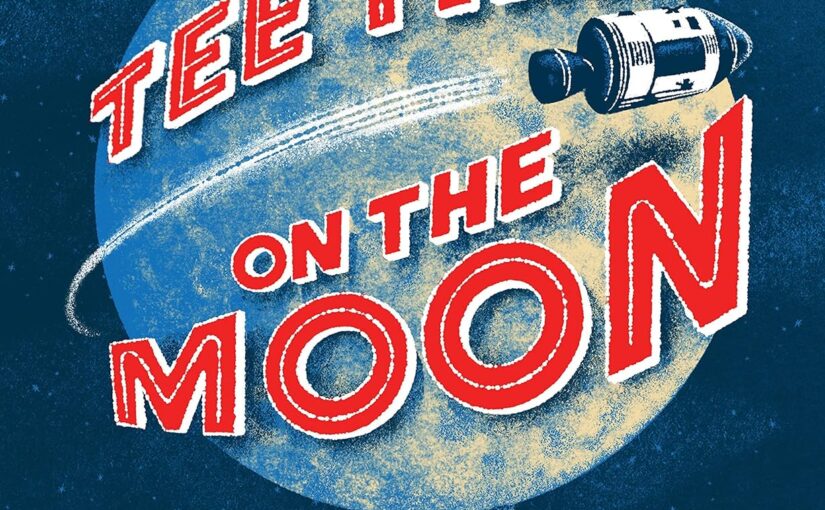


 Facebook
Facebook Twitter
Twitter Flickr
Flickr GooglePlus
GooglePlus Youtube
Youtube